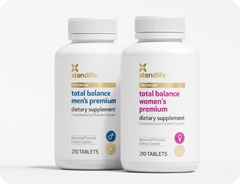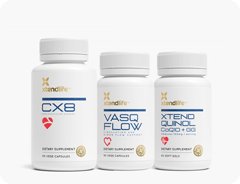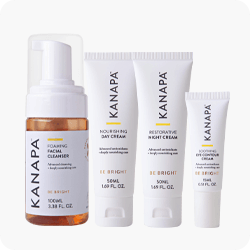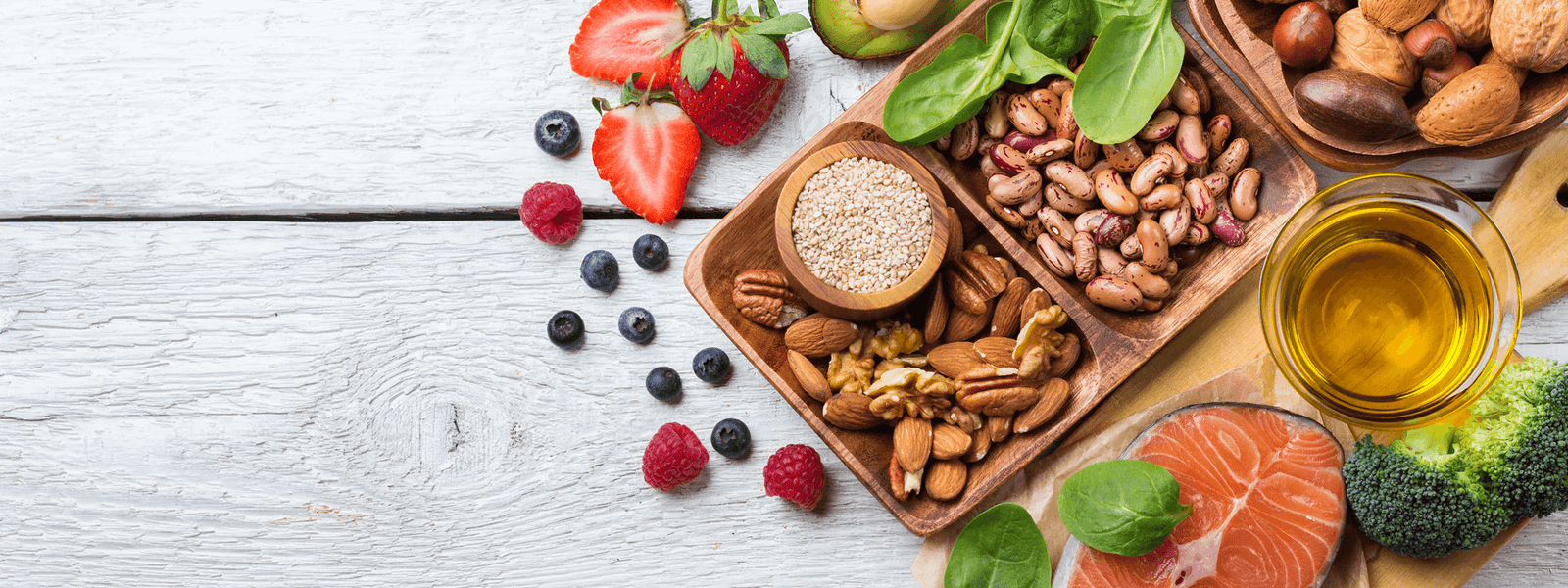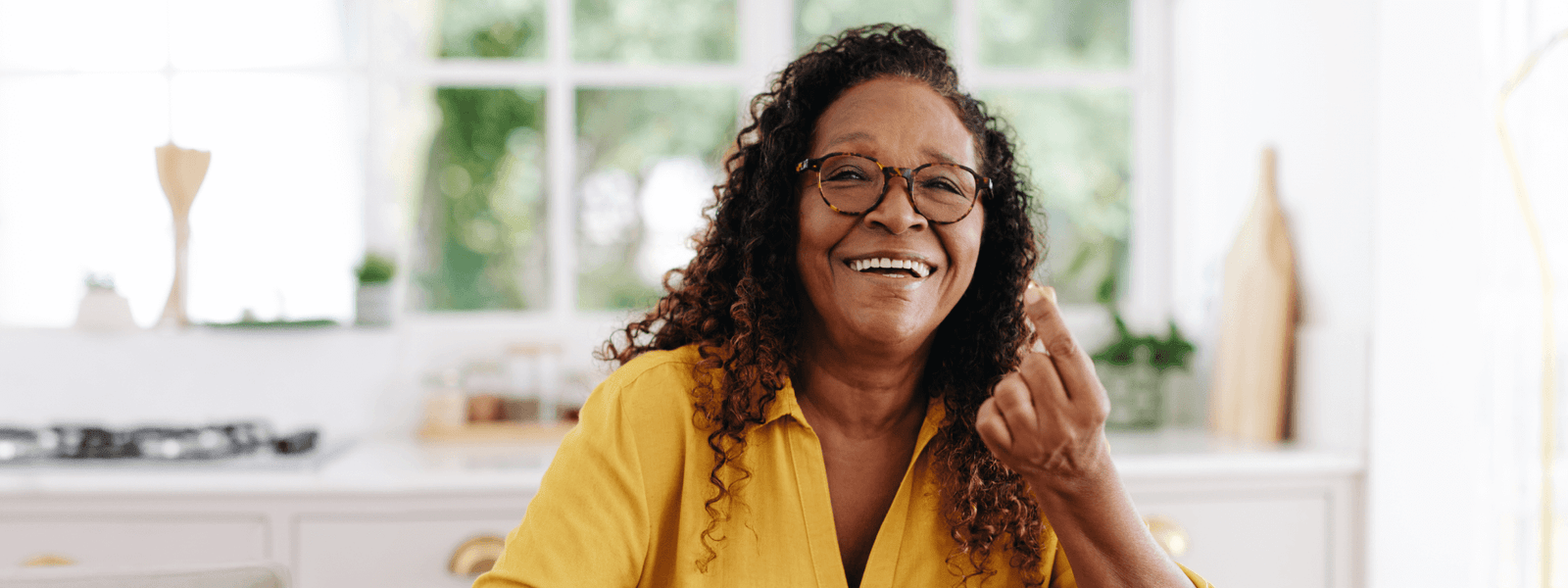The Food of the Gods
We have the Mayans to thank for chocolate, as they are believed to have discovered cocoa in Guatemala around 900 AD. They learnt that the beans from the Theobroma cacao tree could be harvested into a liquid that would become a treasured Mayan treat.
But Mayan chocolate was very different than the chocolate we enjoy today. It was a liquid made from crushed cocoa beans, chili peppers, and water. In fact, the word ‘chocolate’ is said to come from the Mayan word ‘xocolatl’ which means ‘bitter water.’
But despite the bitter taste, chocolate was so revered that the Mayans called it the “food of the gods.” Cocoa was often consumed during religious ceremonies and marriage celebrations.[1]
So what is chocolate made of?
The chocolate we consume today might be very different to that the Mayan’s indulged in, but most of us still aren’t sure how this delicious treat is actually made. So just what’s in chocolate?
Cocoa Bean - Chocolate is derived from cocoa beans, the fruit of the tree Theobroma cacao. Theobroma cocoa beans are more than 50% fat. Other active ingredients include theobromine and caffeine. Theobromine has stimulant properties, similar to caffeine, but about 10 times weaker. Most importantly, cocoa beans are a concentrated source of antioxidants, in particular flavonoids, epicatechin and catechin.[2]
Cocoa Butter –Cocoa butter is the natural fat from the cocoa bean. It is added to chocolate to enhance the flavour and mouthfeel. Though it comes from the cocoa bean, cocoa butter isn’t actually chocolate.
Milk –Chocolate contains milk in varying levels, from white chocolate and milk chocolate which can be almost 50% milk to dark chocolate which contains almost none at all. Milk is an excellent source of calcium and can improve the mouthfeel of chocolate.
Types of chocolate
Milk chocolatecontains anything between 10% and 45% cocoa. Whole milk solids are added (sometimes in equal quantity to cocoa solids) to dilute chocolate’s intense flavour and create a creamier taste.
Dark chocolate has no milk solids added so it has a more pronounced chocolate taste than milk chocolate. It’s often distinguished by the percentage of cocoa solids in the bar. The cocoa content of commercial dark chocolate bars can range from 30% (sweet dark) to 70%, 75%, or even above 80% for extremely dark bars.
White chocolate is a bit of a misnomer, because it isn’t actually chocolate at all. White chocolate is made with cocoa butter, sugar and milk. It contains no cocoa bean at all.
Sweet As: The Benefits of Chocolate
We know it tastes good, but it turns out chocolate has powerful health-boosting properties too.
Potent antioxidant
Cocoa is packed with antioxidants that can help fight the free radicals which cause disease and aging – in fact, the antioxidant activity in cocoa may be even more powerful than blueberries and acai berries[3]. Dark chocolate contains two groups of antioxidants - flavonoids and polyphenols – which may assist in reducing disease risk and even preventing cancer. If you want to enjoy the antioxidant benefits, go for chocolate with 70% cocoa or more - the higher the percentage of cocoa in the chocolate bar, the more antioxidant benefits you’ll get.[4]
Protecting your heart
Chocolate’s high antioxidant content is also good news for the heart. The main flavonoids in dark chocolate, flavanols, increase nitric oxide levels in the blood, improving blood flow, relaxing blood vessels and reducing blood pressure. This vasodilation effect also helps increase blood flow to the brain[5]. Dark chocolate’s flavanols can also help make blood platelets less sticky and able to clot, reducing the risk of blood clots and stroke.[6]
But if you’re looking for the heart-protective benefits, reach for the dark chocolate, not the white. A study in the International Journal of Cardiology asked participants to either consume a daily dose of flavonoid-rich dark chocolate or white chocolate (which contains no flavonoids) for two weeks. The flavonoid-rich dark chocolate intake significantly improved heart circulation in healthy adults, while the white chocolate had no positive health effects. [7]
The fastest way to happiness
Ever reach for a block of Dairy Milk when you’re feeling down? You’re onto a good thing. Chocolate is high in the amino acid tryptophan, the precursor to serotonin, our feel good neurotransmitter. Serotonin boosts mood, helps us sleep better and may prevent anxiety and depression. For the best feel-good fix, go for dark chocolate (85% cocoa or more) as it contains the highest levels of tryptophan.
But it’s not just serotonin that makes us feel good when we indulge in the sweet stuff. Chocolate also boosts phenylethlyamine, which promotes alertness and excitement, quickens the pulse rate, and makes us happy. Phenylethylamine is sometimes called “the love drug”, because it creates feelings similar to those we feel when we are in love. [8]
Phenylethylamine is also believed to activate the neurotransmitter dopamine, another happy neurotransmitter. Phenylethylamine works by combining with dopamine, resulting in a mild antidepressant effect. When you eat chocolate, your limbic system - the part of your brain that controls emotions - responds to the phenylathylamine in the chocolate by promoting blissful emotions. [9]
Make you melt
There’s a good reason chocolate is the gift of choice on Valentines Day. Since Mayan times, chocolate has been considered an aphrodisiac, with Aztec emperor Moctezuma apparently consuming very large amounts of the stuff to enhance his sexual stamina[10]. Legendary Venetian lover Giacomo Casanova also knew the secret, always drinking chocolate before making love to a woman.
Chocolate’s ability to enhance desire can probably be attributed to that ‘love drug’ neurotransmitter, phenylalamine, which promotes feelings of passion and lust. Causing a rapid mood change, a rise in blood pressure, an increase in heart rate, it induces those feelings of well-being that are usually associated with being in love [11].
Making that time of the month a little bit easier
Crave chocolate in the week before your period? You’re not alone. Premenstrual chocolate cravings are so common they should probably be named as an official symptom of PMS.
Chocolate’s calming affects may have something to do with the cravings, but it may also be due to cocoa’s relatively high magnesium content.
Magnesium is a mineral that plays an essential role in the healthy function of the cardiovascular, muscular and nervous systems. As a woman’s body goes through its natural cycle, many key nutrients, including magnesium, are lost through menstruation, leaving women more vulnerable to developing a deficiency. Many common PMS symptoms, including cramps, irritability, low mood and headaches can be relieved by supplementing with magnesium. [12] So don’t feel guilty about reaching for the chocolate at that time of the month!
The not-so-sweet-side of chocolate
With such a long list of health benefits, loading up on chocolate seems like good idea. But before you reach for the king-sized block, let’s have a look at chocolate’s-not-so-sweet side.
Calories, fat and sugar
If you’re watching your waistline, it pays to keep the portions of chocolate small. Chocolate is very energy dense, thanks to its high fat and sugar content.
Dark chocolate contains 12 grams of fat per ounce, including 7 grams of unhealthy saturated fat. That’s about 7% of your recommended daily intake (RDI) for fat and 35% of the RDI for saturated fat. [13] An ounce of dark chocolate contains about 6.8 grams of sugar.
Milk chocolate contains 8.5 grams of fat per ounce, including 5.3 grams of saturated fat. An ounce of milk chocolate provides 14.7 grams of sugar.
White chocolate is the highest in saturated fat and sugar, with about 17 grams of sugar and 9 grams of fat per ounce.
Fat contains more calories per gram than protein or carbohydrates, so if you consume too much chocolate you may have difficulty staying within your daily calorie limit.
Sweet addiction
It’s 3pm. You don’t want chocolate. You NEED chocolate. Sometimes the craving for chocolate can be so strong, it really feels like an addiction. So is chocolate really addictive?
It’s likely to be chocolate’s high sugar content that makes it so hard to resist. Sugar is known to be addictive, as demonstrated by a study by Princeton University researcher Dr. John Hoebel.[14] Hoebel found that rats fed on sugar developed symptoms similar to morphine withdrawal when the sugar was removed from their diet.
Cravings for chocolate can be pretty hard to resist. But the main reason we crave chocolate is probably because of the way it makes us feel. We often reach for chocolate when we are down, depressed or stressed out. Because chocolate boosts serotonin levels, it makes us feel happy. This lift we get when we eat chocolate can make it hard to resist.
Acne
If you suffered from acne as a teenager, did your parents ever tell you to stop eating chocolate? Turns out they were on to something. Researchers asked young men aged 18-35 with a history of acne to eat as much chocolate as they wanted in one sitting (up to three bars). A week later, the young men had significantly more acne lesions than before they ate the chocolate – from an average of three pimples before the study to over 18 after eating the chocolate. One young man ended up with over 70 pimples after eating three bars of chocolate.[15]
It’s likely to be chocolate’s high sugar content that promotes breakouts. Acne is recognised as an inflammatory condition, and sugar is known to promote inflammation. For those sensitive to dairy, chocolate’s high milk content might be the problem - food sensitivities have been strongly linked to acne[16].
Everything in moderation
So there you have it – chocolate’s sweet side and its darker side. If you enjoy chocolate, it can definitely be part of a balanced diet. To get chocolate’s health benefits without overloading the fat, calories and sugar, keep portion sizes small and opt for dark, rather than white chocolate. The higher the percentage of cocoa, the greater the antioxidant benefits, so go for chocolate of 70% cocoa or more. And although it’s hard, limit yourself to just a few squares!
But as it’s the holidays, all bets are off. Forget the moderation for a couple of days and dig in.
References:
[1] Godiva Chocolates. The History of Chocolate. www.godivachocolates.co.uk
[2] Nehlig, A. The neuroprotective effects of cocoa flavanol and its influence on cognitive performance.Br J Clin Pharmacol. 2013 Mar; 75(3): 716–727.[3] Crozier, S. Preston, A., Hurst, J. Payne, M., Mann, J. Hainly, L. and Miller, D. Cacao seeds are a "Super Fruit": A comparative analysis of various fruit powders and products.Chemistry Central Journal20115:5
[4] Dr Axe – The Benefits of Dark Chocolate. https://draxe.com/benefits-of-dark-chocolate/
[5] Livestrong. Foods that release serotonin in the brain.https://www.livestrong.com/article/24303-foods-release-serotonin-brain/
[6] Cleveland Clinic. Benefits of Chocolate for Heart Health.https://my.clevelandclinic.org/health/articles/benefits-of-chocolate-heart-health
[7] Shina,Y., Funabashi, N., Lee, K. and Komuro, I. Acute effect of oral flavonoid-rich dark chocolate intake on coronary circulation, as compared with non-flavonoid white chocolate, by transthoracic Doppler echocardiography in healthy adults.December 2007, PubMed.
[8] Why does chocolate make people happy? http://www.amanochocolate.com/faqs/why-does-chocolate-make-people-happy/
[9] Chocolate and dopamine. http://healthyeating.sfgate.com/chocolate-dopamine-3660.html
[10] Festa, J. The History of Chocolate. 2014, February. https://epicureandculture.com/history-of-chocolate-guatemala/
[11] Why does chocolate make people happy? http://www.amanochocolate.com/faqs/why-does-chocolate-make-people-happy/
[12] Chocolate cravings? You may be deficient in magnesium. https://www.activationproducts.com/blog/chocolate-cravings-you-might-be-deficient-in-magnesium/
[13] Disadvantages of chocolate. http://healthyeating.sfgate.com/disadvantages-chocolates-8967.html
[14] Collingwood, J. Does chocolate addiction exist?https://psychcentral.com/lib/does-chocolate-addiction-exist/
[15] Caperton, C., Block, S., Viera, M. Keri, J. and Berman, B. Double-blind, Placebo-controlled Study Assessing the Effect of Chocolate Consumption in Subjects with a History of Acne Vulgaris. J Clin Aesthet Dermatol. 2014 May; 7(5): 19–23. https://www.ncbi.nlm.nih.gov/pmc/articles/PMC4025515/
[16] Lopez, L. Natural Health: A New Zealand A to Z Guide.2002. Bateman: Auckland.


 Supplements
Supplements Bundles
Bundles